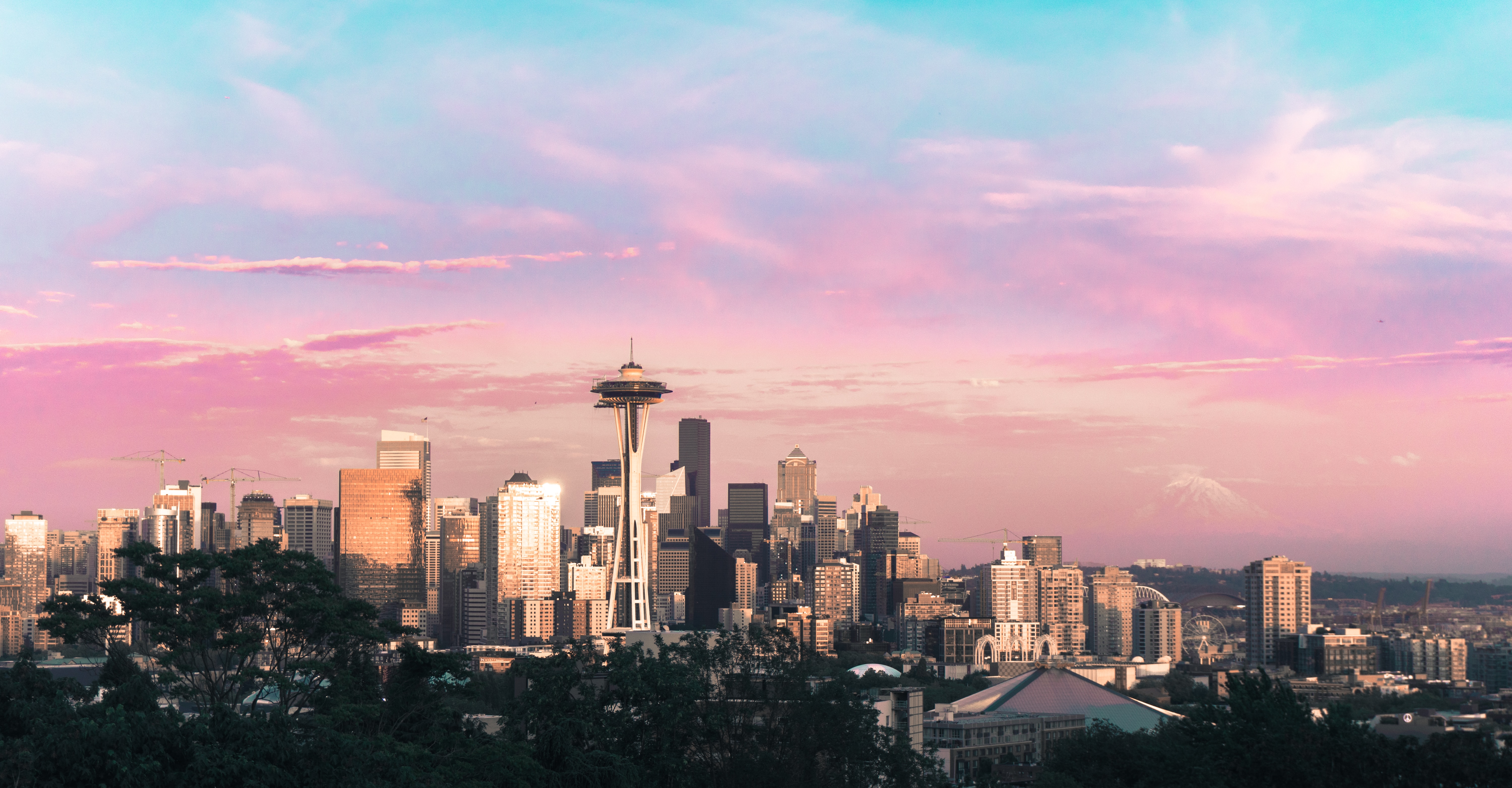
By Caleb Heeringa, Senior Press Secretary, Beyond Coal
We’ve made huge strides in recent years in cleaning up our electricity. Use of coal power is at a historic low in the US, while wind and solar power are growing in popularity and dropping in price. Earlier this year, Washington state committed to move to 100% clean electricity by 2045 at the latest, making us a national leader in the clean energy transition.
But to avoid the worst impacts of climate change, the science tells us we need to address another major source of climate pollution in our communities - fracked gas in our homes, schools and businesses. Buildings are responsible for more than a quarter of Washington state’s climate pollution, and those emissions are increasing – up 50% since 1990, according to Gov. Jay Inslee’s office.
Most of that pollution comes from “natural” gas piped into buildings to run appliances, furnaces and water heaters. There’s nothing “natural” about gas - most of it is fracked and all of it creates massive greenhouse gas emissions. With some of the cheapest and cleanest electricity in the nation, Washington state can make a huge reduction in its contribution to climate change by moving to electric appliances and heating sources in our buildings.
The first step is to stop digging the hole any deeper. The Sierra Club Washington Chapter is proud to support a grassroots effort to require new buildings in the city of Seattle to be run with safer, healthier electric appliances and heating, rather than explosive, polluting fracked gas. This “Healthy Homes, Healthy Buildings” ordinance is part of the Seattle Green New Deal effort, which is being led by local environmental justice organizations and front line communities of color. It seeks to eliminate Seattle’s climate pollution by 2030, address historical and current injustices, and create thousands of good, green, well-paying, unionized jobs.
Moving away from fracked gas in our homes isn’t just good for the climate, it’s good for public health. Gas stoves and furnaces release dangerous pollutants, including nitrogen dioxide, carbon monoxide, nitric oxide and ultrafine particles, leading to air pollution levels in some homes that would be illegal if measured outside. Gas stoves have been linked to childhood asthma, which disproportionately impacts communities of color that are already more likely to live in areas with more fossil fuel pollution outdoors.
There’s also the issue of safety, particularly for communities prone to major earthquakes. Gas appliances increase the risk of household fires through small methane leaks from pipes, meters, and appliances in the home. Communities around the country have seen major gas explosions in recent years, including right here in Seattle. In 2013 an improperly decommissioned Puget Sound Energy gas line caused a massive explosion in the Greenwood neighborhood, closing multiple neighborhood businesses for a year or more.
There’s no pathway to achieving Washington’s climate goals that does not include getting fracked gas out of our homes, schools and businesses. Yet, the state lacks a sufficient plan to shift buildings off gas. Cities like Seattle can lead in the next chapter of the climate fight by requiring new buildings to be run on safe, healthy electricity rather than an explosive fossil fuel.
Take action on the Seattle Green New Deal!
Photo by Ben Dutton on Unsplash